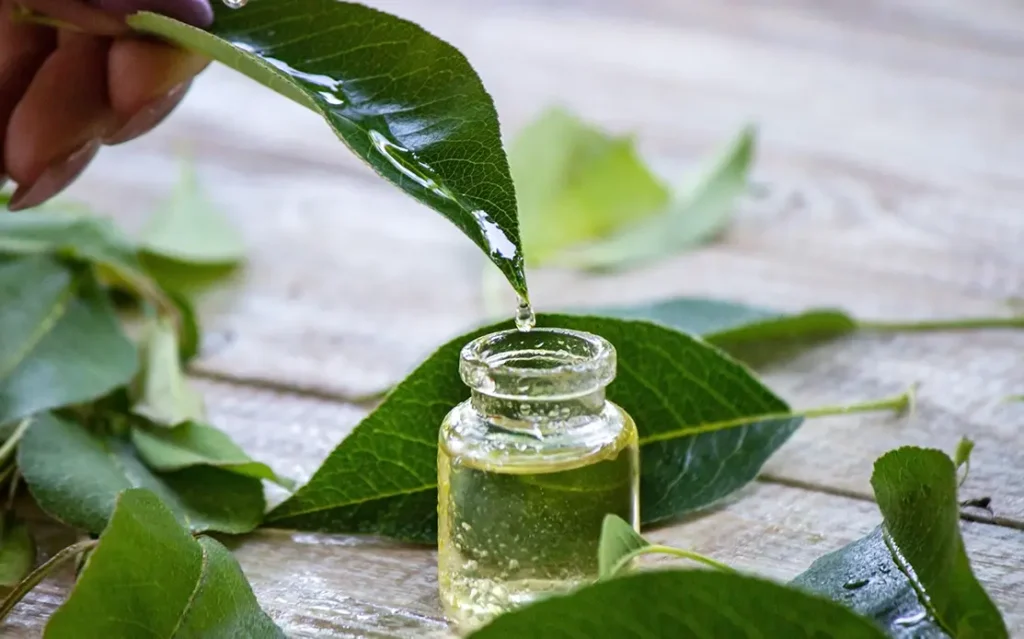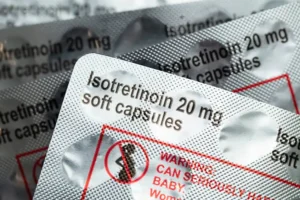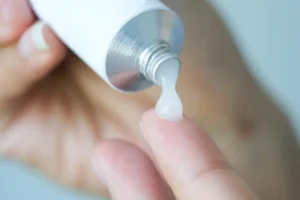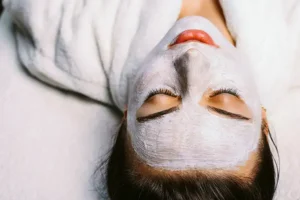Tea tree oil: that earthy, slightly medicinal-scented essential oil you’ve probably heard about as a natural remedy for acne, irritation, and even dandruff. It’s got a long history, a lot of hype, and, yes, some rules for how to use it. Spoiler alert: this powerful ingredient works wonders for the right skin types—when used correctly.
Whether you’re dealing with breakouts, redness, or simply looking for a natural skincare solution, tea tree oil might just deserve a spot in your routine. Let’s explore how it works, its benefits, and how to use it without running into issues.
What Is Tea Tree Oil?
Tea tree oil is an essential oil derived from the leaves of the tea tree (Melaleuca alternifolia), a plant native to Australia. Indigenous Australians have used it for centuries as a natural antiseptic for cuts, wounds, and infections. Today, it’s a popular ingredient in skincare thanks to its antibacterial and anti-inflammatory properties.
The secret to its power lies in terpinen-4-ol, a compound that helps kill bacteria and calm irritated skin. It’s why tea tree oil is a favorite for acne-prone skin and why it’s included in everything from spot treatments to cleansers.
How Is Tea Tree Oil Produced?
Tea tree oil is extracted through steam distillation. The leaves of the tea tree are heated, releasing an essential oil rich in active compounds. This results in a highly concentrated product that’s powerful—but also potentially irritating if used on its own.
In skincare, tea tree oil is often diluted or blended into products like toners, serums, and cleansers. This makes it safer and more effective for daily use without overwhelming your skin.
How Does Tea Tree Oil Help with Acne?
Here’s why tea tree oil is such a game-changer for acne:
- Kills Acne-Causing Bacteria: It’s great at targeting Cutibacterium acnes, the bacteria that cause breakouts.
- Soothes Inflammation: Tea tree oil calms the redness and swelling of active acne, helping pimples heal faster.
- Regulates Oil Production: By balancing excess sebum, it helps prevent clogged pores and future breakouts.
- Promotes Healing: It encourages the skin to repair itself, minimizing the risk of scarring or lingering marks.
How to Use Tea Tree Oil in Your Skincare Routine
Tea tree oil is potent, so using it the right way is key. Missteps can irritate your skin or even make acne worse. Here’s how to do it right:
Always Dilute It
Diluted tea tree oil works wonders on individual pimples. Apply a small amount to blemishes with a cotton swab at night, letting it work while you sleep.
But remember, pure tea tree oil is too strong to use directly on your skin—it can cause redness, dryness, or irritation. To avoid this, mix it with a non-comedogenic carrier oil like jojoba oil, which is lightweight and won’t clog pores. Be cautious with heavier oils like coconut oil, as they can worsen acne-prone skin.
Look for Pre-Diluted Products
Not into DIY? Plenty of skincare products already contain tea tree oil in safe concentrations. Serums, cleansers, and toners are excellent ways to incorporate it into your routine without overdoing it.
Best Practices
- Use tea tree oil products at night to avoid any chance of photosensitivity.
- Always follow with a hydrating moisturizer to keep your skin barrier healthy.
- Don’t skip the patch test—your skin will thank you. Apply a little to a small area and wait 24 hours to see how it reacts
Benefits of Tea Tree Oil for Skincare
Tea tree oil isn’t just an acne fighter. Here’s what else it can do:
- Calms Redness and Irritation: Its anti-inflammatory properties make it great for soothing angry skin.
- Helps with Fungal Skin Issues: It’s also effective for conditions like dandruff or athlete’s foot.
- Improves Overall Clarity: By reducing blemishes and oiliness, tea tree oil promotes a clearer, smoother complexion.
- A Natural Alternative: For those looking to avoid synthetic ingredients, tea tree oil is a plant-based option with a long history of use.
Potential Drawbacks of Tea Tree Oil in Skincare
Like any strong ingredient, tea tree oil comes with potential risks:
- Irritation: Undiluted tea tree oil can cause dryness, redness, or a burning sensation.
- Allergic Reactions: Some people are sensitive to essential oils and may develop contact dermatitis.
- Photosensitivity: It can make your skin more sensitive to sunlight, so always pair it with SPF during the day.
- Overuse: Too much tea tree oil can disrupt your skin barrier, leading to dryness and more irritation.
Who Can Benefit from Tea Tree Oil?
Tea tree oil is great for:
- Acne-Prone Skin: Its antibacterial properties help reduce breakouts and prevent new ones.
- Oily Skin: It balances sebum production without clogging pores.
- Sensitive Skin: When diluted, it can calm irritation—but always patch test first.
Who should be cautious? If you have dry skin, tea tree oil might exacerbate flakiness. And if you’re prone to allergies, test it before committing to avoid a reaction.
Product Recommendations
Affordable Options
- The Body Shop Tea Tree Oil: A classic spot treatment for blemishes, made with sustainably sourced tea tree oil.
- Yes To Tomatoes Detoxifying Charcoal Cleanser: Budget-friendly and great for unclogging pores with tea tree oil and charcoal.
High-End Picks
- Sunday Riley U.F.O. Ultra-Clarifying Face Oil: Combines tea tree oil with salicylic acid for powerful acne-clearing results.
- Dr. Jart+ Teatreement Moisturizer: A lightweight moisturizer with tea tree oil, perfect for calming sensitive or acne-prone skin.
Tea tree oil isn’t just a trendy ingredient; it’s a timeless tool that can do wonders for acne-prone or oily skin when used the right way.
But let’s get one thing straight: skincare is not about chasing perfection. It’s about working with your skin, not against it. If tea tree oil fits into your routine and makes you feel good about your skin, that’s a win. If not? There’s a world of other options to explore.
AcneAdvocate is a participant in the Amazon affiliate advertising program and this post may contain affiliate links, which means we may earn a commission or fees if you make a purchase via those links.





